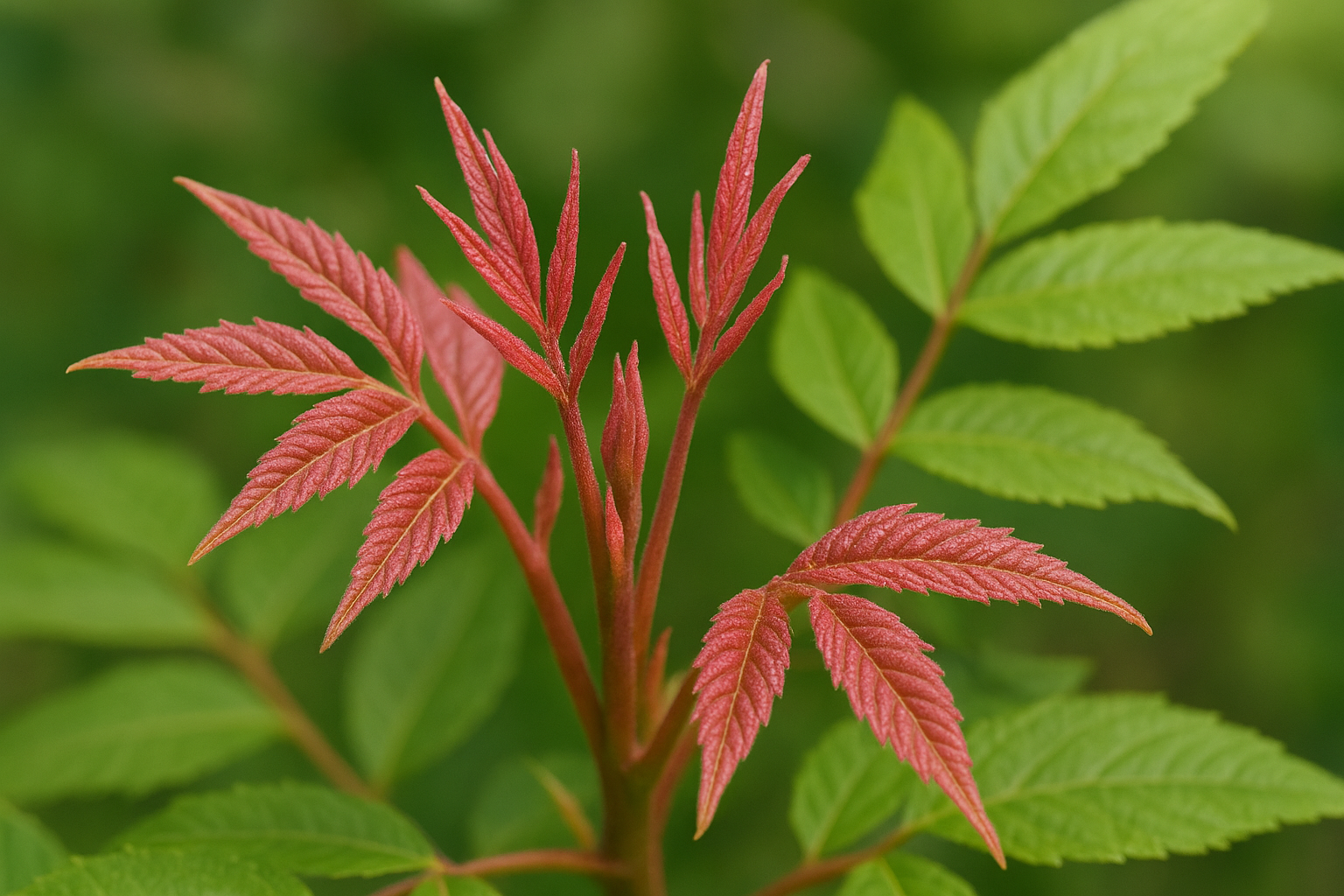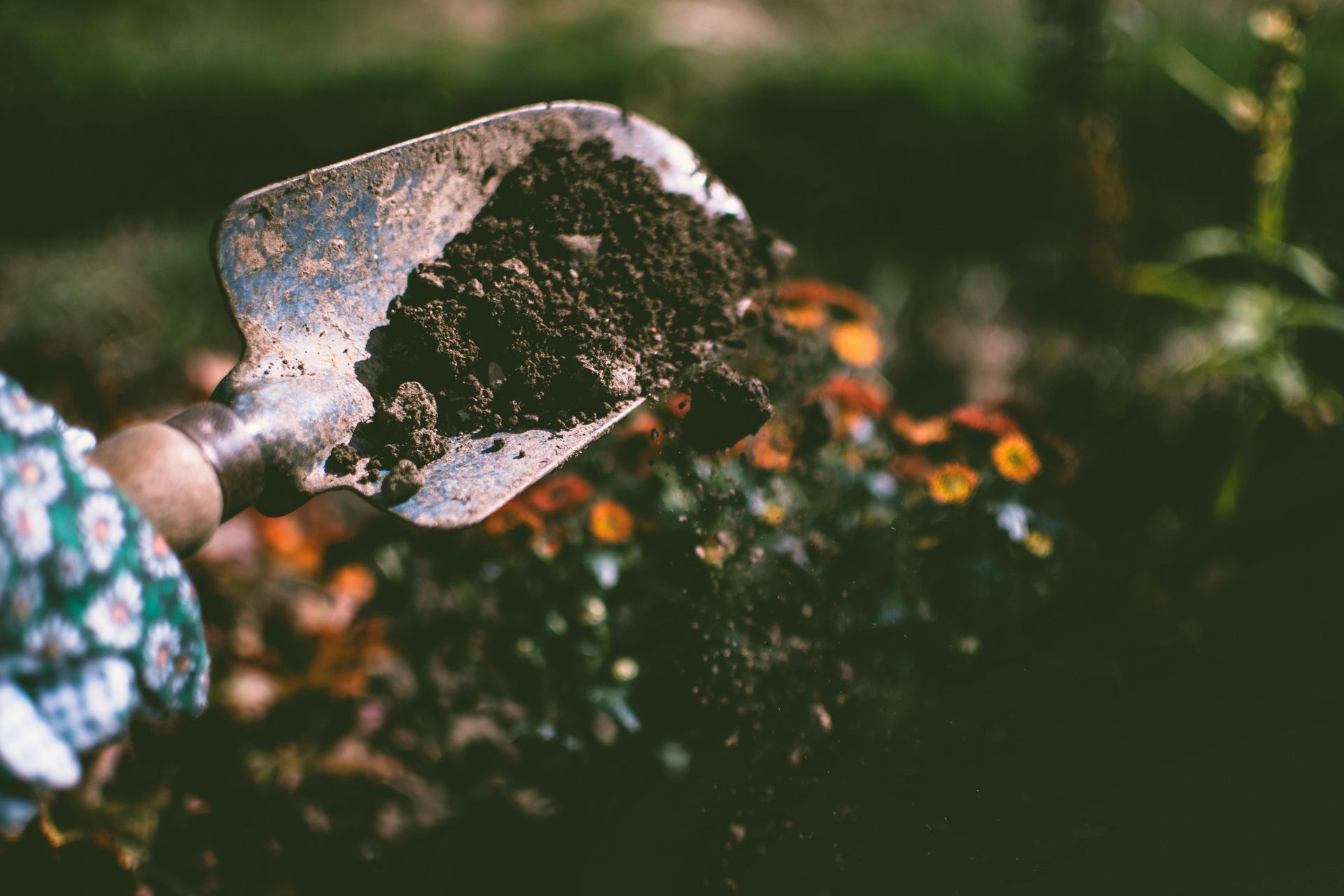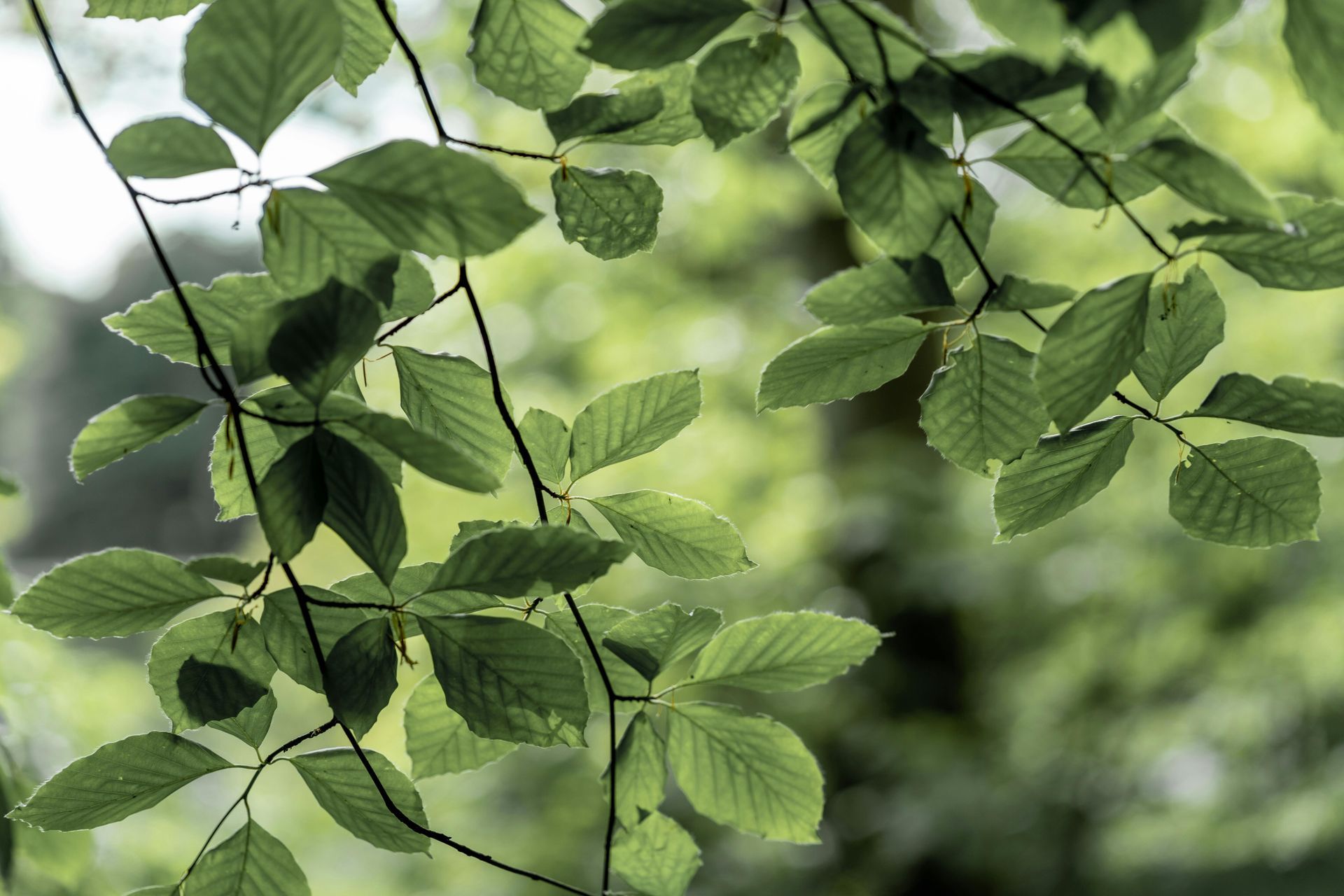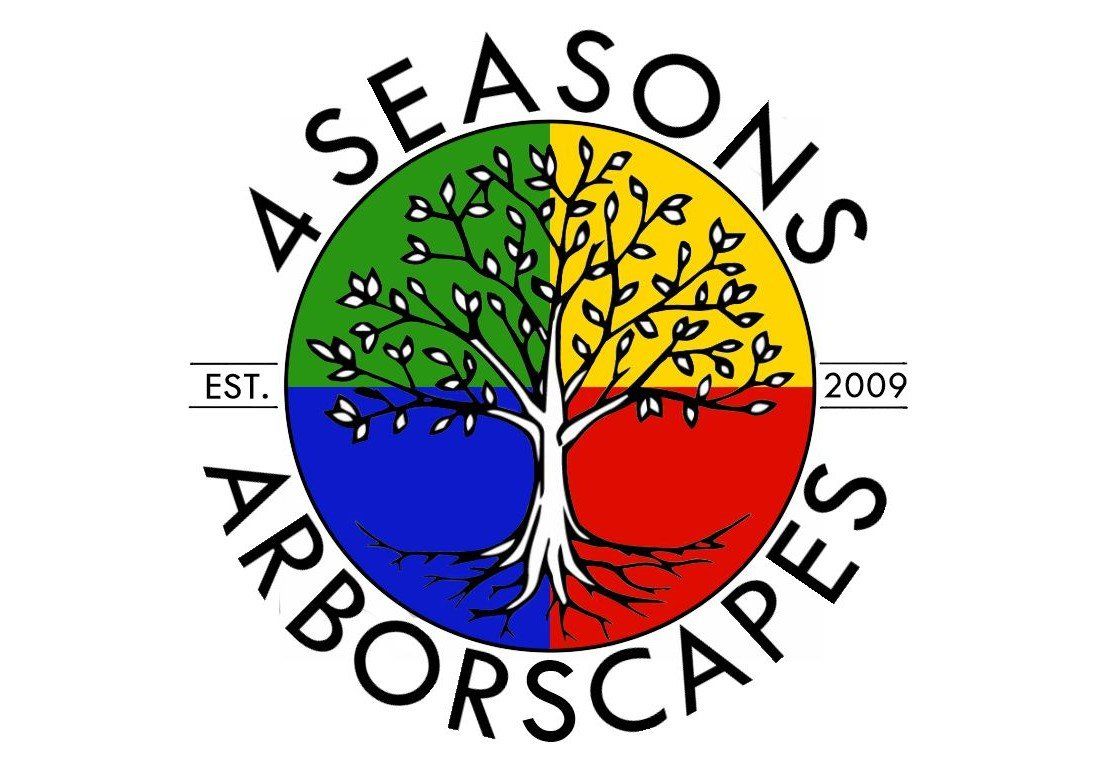Growing Blueberry Bushes
Blueberry bushes make an attractive addition to any landscape, with clusters of bell-shaped flowers in the spring, edible bluish-purple berries in the summer, and glossy, egg-shaped leaves that become bright yellow, orange, and red in the fall.
These plants are slow-growing and reach maturity after about 10 years. However, most cultivators achieve bountiful harvests 2 or 3 years after planting. The key to achieving large harvests lies in the year-round care you provide, as well as the environmental conditions in your area. Peak blueberry season in most of the contiguous states is from the middle of June through the middle of August, however, in Florida, it is from March to April.
But before we dive into blueberry care, it’s important to understand the cultivars available on the market and the various needs of each one.
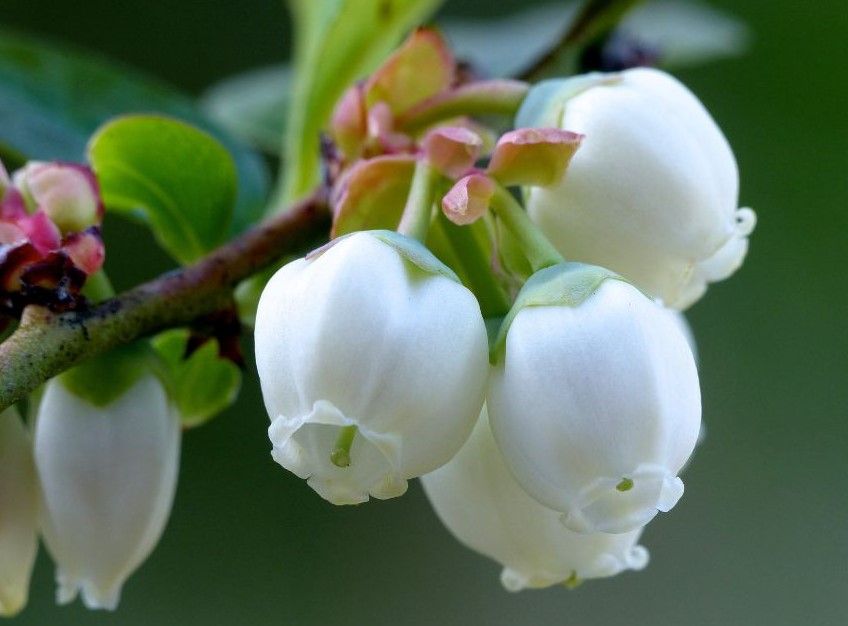
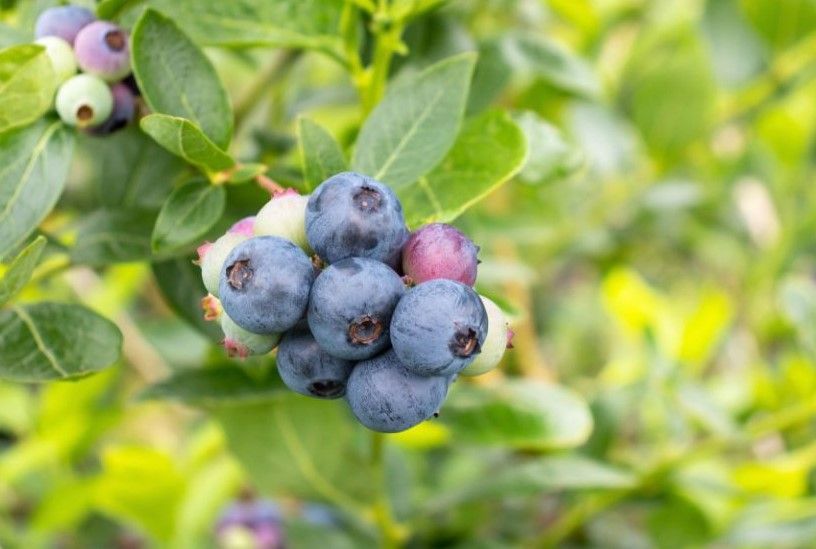
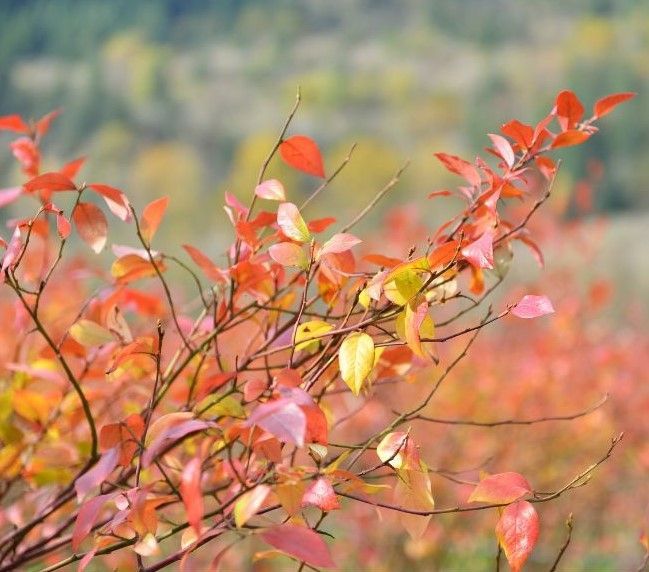
Blueberry Cultivars
There are nearly infinite numbers of blueberry cultivars to choose from, all of which are divided into 4 main subcategories: highbush, half-high, lowbush, and rabbiteye.
Highbush Cultivars
Plants in the highbush category tend to grow to about 6 to 8 feet in height. They do best in zones 3 through 7.
Below are some varieties of highbush blueberries to check out:
| Duke | Misty | Elliott |
| Patriot | Northland | Chandler |
| Bluejay | Reka | Star |
| Bluecrop | Takes the Cake | Liberty |
| Blueray | Legacy | Bless your heart |
| Rubel | Jersey | Nelson |
Half-high Cultivars
These cultivars tend to grow to about 2 to 3 feet tall, and they produce small to medium-sized berries. These do exceptionally well in a container and do best in zone 3.
| Polaris | Chippewa |
| Northsky | Sharpblue |
| St. Cloud | Echo |
| Highbush | Friendship |
| Superior | Bluegold |
Lowbush Cultivars
As the name suggests, these plants grow low to the ground, growing under 1 and ½ feet at full maturity. The berries they produce are very sweet. These varieties can grow in zones 2 through 6.
| Top Hat | Northcountry |
| Ruby Carpet | Cumberland |
| Sour Top | Burgundy |
Rabbiteye Cultivars
These varieties are the largest of the cultivars available, towering up to 12 feet in height. They grow best in zones 7-9.
| Austin | Vernon |
| Brightwell | Montgomery |
| Climax | Premier |
| Prince | Powderblue |
| Savoy |
Blueberry Plant Selection
When selecting your blueberry bushes whether online or at a local nursery, make sure you are buying for your gardening zone. If you decide to buy locally, it is suggested that you buy potted bushes at least 2 to 3 years old. If you decide to buy online, keep the dormant bush in a cool, dark moist place until you're ready to plant. Make sure the roots stay moist but not saturated and plant as soon as possible. Note: For successful pollination (and the production of berries) you will want to plant two or more varieties.
The ideal planting time is in the spring. When you're ready to plant the bush in its permanent home (in the ground or in a pot), first soak the roots in a bucket of water for a few hours to prepare them.
Many gardeners prefer to use companions to protect and strengthen their plants. Read our blog Companion Planting for more information on this topic.
Some great companion plants for blueberries are:
- Azaleas
- Basil
- Begonias
- Hyacinth
- Parsley
- Raspberries
- Rhododendrons
- Rhubarb
- Thyme
Blueberry Care Requirements
Soil
Blueberry bushes like acidic soil, with a pH level of 4.0 to 5.0. They do best in well-draining, loose soil that is high in organic matter. Planting in wet, poorly draining soil should be avoided because blueberries are highly susceptible to root rot. If your soil pH is above 5.5, you can add amendments like sphagnum peat moss to create a more acidic environment.
Sun
Blueberries love full sun. They will tolerate some shade; however, they may produce fewer berries for you.
Feeding
Blueberry bushes should be fed once annually with a high-nitrogen content fertilizer sometime in the spring before they grow leaves.
Watering
Blueberry bushes should be watered thoroughly with 1 to 2 inches of slow-flowing water every 10 to 12 days.
Mulching
Mulching around the base of the blueberry bush will help with weed suppression, and nutrient and water retention.
Pest Control
Japanese beetles will feed on the leaves of a blueberry bush and the spotted wing drosophila will lay its eggs in ripe fruit, causing damaged berries. Other pests and diseases to watch for are aphids, brown rot, leaf hopper, mites, powdery mildew, sawfly, spittlebugs, thrips, and weevils. You can use your favorite insecticide or fungicide, such as neem oil, to control all of these pests.
Deer and rabbits will want to nibble on the stems of the blueberry bush in late fall and winter. You can protect the bushes by placing chicken wire around them.
Suggested Care Schedule
| March | Prune after the last frost and before new growth begins |
| April & May | Plant new bushes |
| May & June | Apply mulch for the growing season |
| July | Harvest your berries |
| July - Sept | Apply any necessary soil amendments |
| Sept & Oct | Apply winter protection, such as a thick layer of mulch |
| Nov & Dec | Put up fencing to protect stems from hungry deer and rabbits |
Pruning your Blueberry Bush
At the time of planting, only prune dead or broken parts of the branches to avoid shocking the plant.
After the first year, prune the bushes annually in early spring before new growth starts. Prune to remove dead or diseased branches, refine the shape of the bush, invigorate main stems to prevent overbearing, and stimulate new growth.
For the first two years, you will want to remove the flowers in the spring to encourage leaf and stem growth. This step is necessary to ensure healthy and productive plants for years to come. If the plant puts too much energy into the production of flowers and berries too soon, you'll end up with a stunted, weak plant. The mature size of the bush usually is reached when the bushes are 8 to 10 years old.
Berries will ripen on a bush over a couple of weeks. When the berries turn from green to blue and are springy when gently squeezed, you are able to harvest them.
Interesting facts about blueberries
- The Bilberry is a cousin of the blueberry.
- Wild species of blueberry tolerate drought and fire. Certain types produce more fruit after a forest fire.
- Blueberries are known as a superfood.
- Blueberry flowers can be white, pink, or red in color.
- Blueberries are a rich source of vitamins A, C, E, and K, and also contain minerals such as iron, manganese, phosphorus, and potassium.
- Blueberries produced from the highbush varieties are mostly used as fresh produce, while blueberries from the half-high are often used in food processing.
References:
Growing blueberries in the home garden | UMN Extension
26 Fun And Fascinating Facts About Blueberries - Tons Of Facts
Blueberry Types and Varieties That Can Succeed In Your Garden (jardinhq.com)
half high blueberry varieties - Search (bing.com)
List Of Lowbush Blueberries 8 Epic Varieties To Try! - Home Garden Vegetables
Early Season Blueberry Varieties – blueberries (extension.org)
Best Gardening Tips To Growing Rabbiteye Blueberries (gardensnursery.com)
Images - Canva
Check out the latest:





